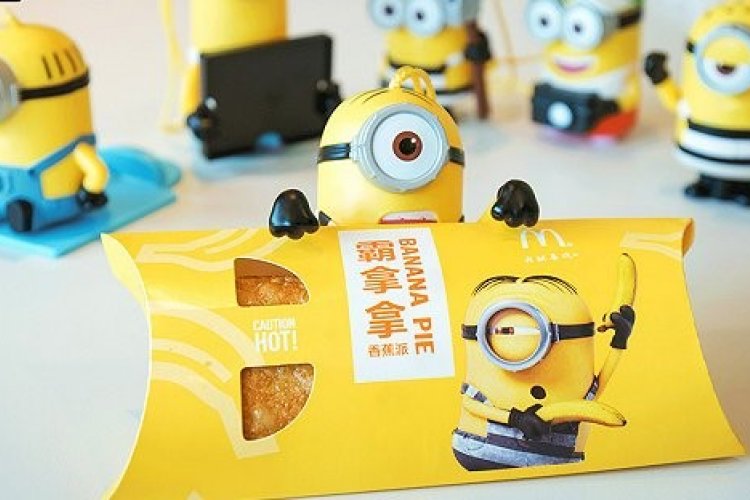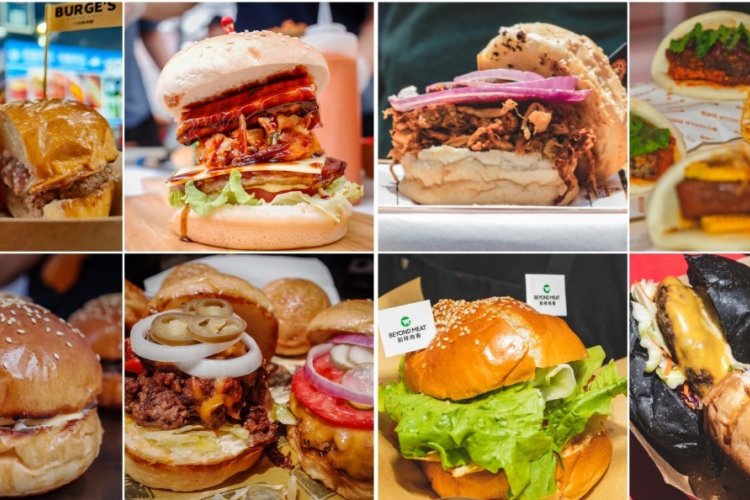Beefing Up China’s Red Meat Industry: Insiders Dish on China's Protein Prospects
These days, many a foodie wouldn’t blink at the sight of a pricey gourmet burger while perusing a menu. Yet that upscale trend would have been all but unthinkable when fast food beef and buns made their debut here in the late ‘80s, early ‘90s. “McDonald’s and KFC were both super successful when they arrived in China. They set a precedence of what beef should be, which is low-end,” says William Kerins the American co-founder of Usource (pictured below with co-founder Dandan Yang), which imports beef to a wide swath of clients in Beijing, from big-box retail outlets to midsize Western restaurants.

Kerins says some Western gourmet burger chains have made a go of it in Beijing in years past, with little success. That’s because consumers thought “burgers should be RMB 20 not RMB 40,” Kerins explains. However, that perception is now changing, and many restaurateurs in first-tier cities are leading the charge. “Thanks to places like Common Burger, Cannon’s, Q Mex, and plenty of Beijing breweries, high-end beef burgers are really starting to take off, though not on a mass market scale yet; they haven’t broken into second-tier cities because the wider population wants McDonald’s prices. But the industry really is battling that mentality with some success.”
Part of that greater enthusiasm among consumers is also due to the quality of the beef making its way into the country. Up to a decade ago, much of the beef imported to China was far from premium and was sourced from locales like Uzbekistan and India, says Kerins. But now grain fed Australian, American, Argentinian, and Brazilian beef are all widely available, as opposed to grass fed. He explains: “[Buyers] are now going for flavor and texture in China, softer meat with lots of inter-muscular fat, rather than grass fed, which is more chewy and gamey.”
Kerins adds: “I’m also happy to see them get more value from these cuts of meat, breaking away from just using loins and also taking advantage of smoked ribs and all kinds of other products that were hardly on the market here 10 years ago.”

In those prior years, much of China’s high-end beef sales were dominated by fancy hotel restaurants, says Kerins. But now he’s pleased to see nimble startups sprouting up all over first-tier cities like Beijing, offering forward-thinking products. And while prime examples include many of Beijing’s breweries and midrange western restaurants, another member of that growing niche is Casti Beef.
Daniel Castiglioni founded his small company with the aim of specializing in imports of high-quality beef selected from slaughterhouses in his native Uruguay directly to China. He says the advantages of selling his wares in China include the wide variety of innovative Chinese e-commerce sites. He also enjoys how Chinese consumers “are very curious people, wanting to learn fast about the best ways of eating beef, the different ways of cooking and always increasing the volume that they consume. They know that beef is the star of the red meats and they want to go for it!”

Castiglioni is not alone in that thinking. On Feb 21, 2018, Meat and Livestock Australia released a report about the prospects of chilled beef in China. The market and research company’s report found that, “In just the past 10 years, China’s direct chilled beef imports have increased from almost nothing in 2007 to 6,558 tonnes shipped weight in 2017, with Australia supplying the vast majority.”
That means importers, from feisty up-and-comers like Castiglioni to big players like Kerins, are clearly in a booming business.
Read the Beijinger's latest issue via Issuu here, or access it as a PDF here.
More stories by this author here.
Email: kylemullin@truerun.com
Twitter: @MulKyle
Instagram: mullin.kyle
Photos: Uni You, courtesy of Daniel Castiglioni








